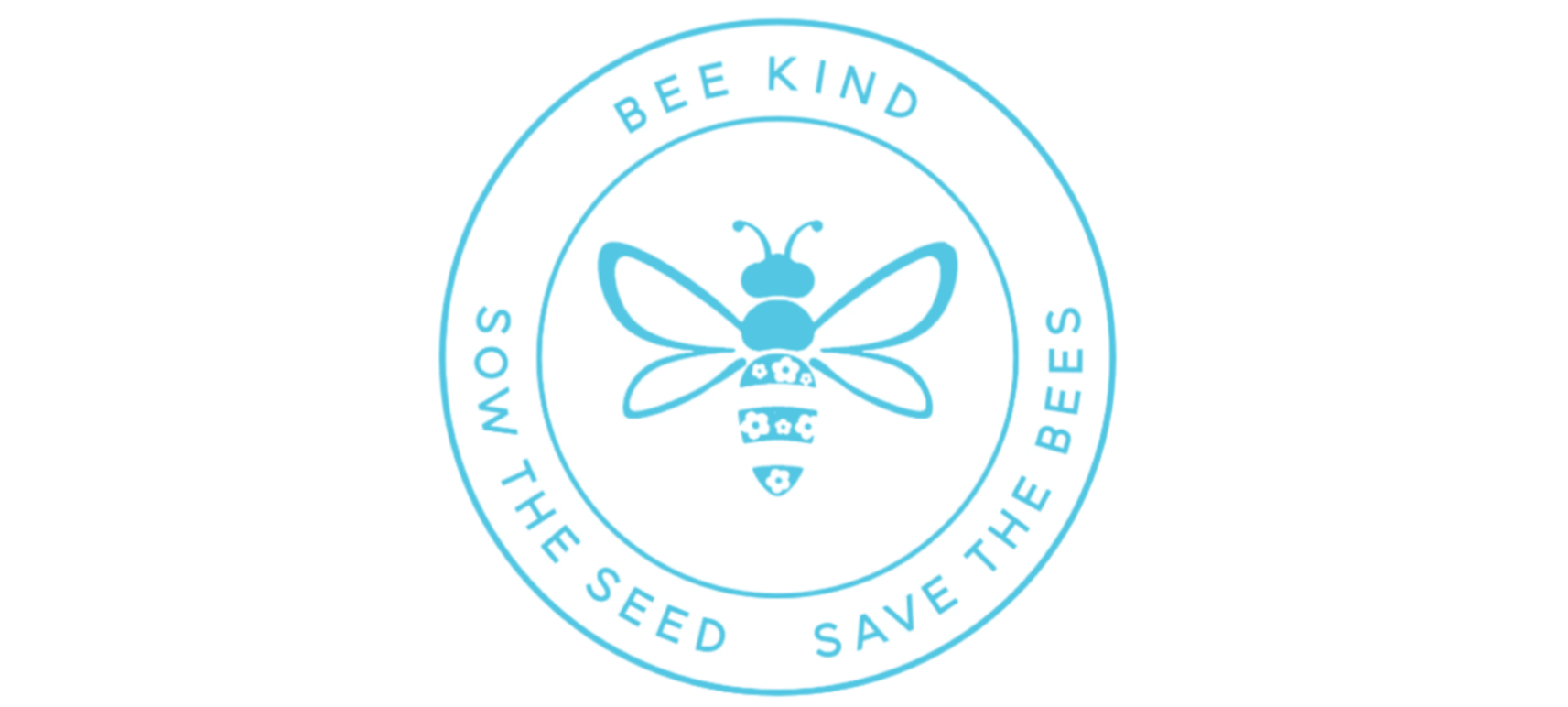What are neonicotinoids?
Neonicotinoids are a class of synthetic insecticides, chemically related to nicotine. In insects neonicotinoids affect the central nervous system, resulting in paralysis and death. Neonicotinoids have been used in Australia since 1994.
If you see one of the following ingredients listed, the insecticide contains a neonicotinoid:
- Acetamiprid
- Clothianidin
- Dinotefuran
- Imidacloprid
- Nitenpyram
- Nithiazine
- Thiamethoxam
- Thiocloprid
Are neonicotinoids harmful to bees?
Yes! And not just harmful to bees, they are toxic to birds, aquatic invertebrates, other pollinators, and other wildlife. Low levels of exposure may not kill bees directly, however they may impact some bees’ ability to foraging for nectar, learn and remember where flowers are located, and possibly impair their ability to find their way home. Neonicotinoid use has been studied in relation to adverse ecological effects such as, honey-bee colony collapse disorder, and declining populations of insect-eating birds.
“Neonicotinoids are one of the most serious causes of downward negative pressure on pollinators,” Keith Delaplane, professor of entomology at the University of Georgia.
A 2017 survey covering every continent with honeybees found neonicotinoids in 3/4 of honey samples, although at levels deemed safe for human consumption. In another study, researchers found thiamethoxam significantly reduces egg-laying by queen bumblebees, which were 26% less likely to lay eggs after being exposed to it. The impacts of neonicotinoids on our native bees are unknown.
Neonicotinoids may have adverse effects on bird population. Neonicotinoid dust intended for plants and seed coatings can become airborne and seep into water supplies, which unintentionally affects non-target wildlife. In March 2013, the American Bird Conservancy published a commentary on 200 studies on neonicotinoids calling for a ban on neonicotinoid use as seed treatments because of their toxicity to birds, aquatic invertebrates, and other wildlife.
What can I use instead of neonicotinoids?
You can create a spray out of organic castile soap, oil and water which will eliminate small insects such as aphids, mealybugs, whiteflies and spider mites. This mixture is non-toxic to humans, animals and most importantly beneficial pollinators.
How to avoid neonicotinoids?
Purchasing organically grown plants or growing plants from clean seeds are the best way to steer clear of neonicotinoids. Many nurseries treat plants with neonicotinoid pesticides. The chemical residue left behind remains in nectar and pollen that gets collected from the bees, which is fatal. This chemical residue will remain for majority of the plant’s life. Neonicotinoids have a half-life of 1,000 days. That means it takes 1,000 days for the concentration of a neonicotinoid to reduce by half in the environment.
A piece of good news, In 2018 the EU banned the three main neonicotinoids (clothianidin, imidacloprid and thiamethoxam) for all outdoor uses. Several US states have restricted neonicotinoids out of concern for pollinators and bees.
Although neonicotinoids are not solely responsible for our decline in bee populations, it is important we try to limit our use as mush as possible, if not entirely. Help us sow the seed to a brighter future and help out our little pollinators.
Thank you for reading! If you would like to purchase bee friendly seeds use the coupon code THANKS4READING for a discount.

Sources:
https://citybugs.tamu.edu/factsheets/ipm/what-is-a-neonicotinoid/
https://ecos.csiro.au/benefits-and-risks-of-neonicotinoid-insecticides/
https://en.m.wikipedia.org/wiki/Neonicotinoid
https://www.gardeningknowhow.com/plant-problems/pests/pesticides/what-are-neonicotinoids.htm
https://www.tact.railpage.com.au/how-long-do-neonicotinoids-last-on-plants
https://www.treehugger.com/neonicotinoids-what-home-gardeners-need-to-know-4863832
